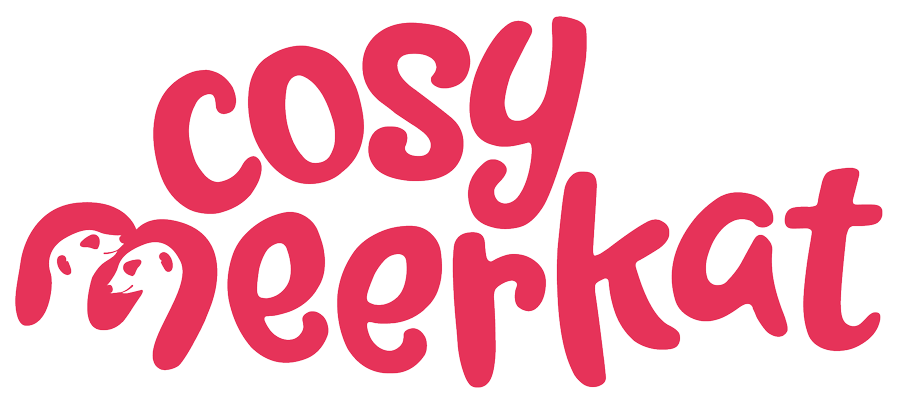Why two-way communication is non-negotiable for the modern workforce
Leaders dictate and staff listen. While that might have been true in the past, in today’s fast-paced, hyper-connected world that’s a communication style which now feels very out-of-date. In part, it’s because technology has transformed the world of work, but it’s also because our culture and expectations as individuals have changed too.
Comms people the world over now agree that if a business wants to be successful it needs to employ some form of ‘two-way,’ ‘bottom up,’ ‘horizontal,’ ‘vertical’ or even ‘diagonal’ communication. What are we talking about? Essentially, that it’s just as important to listen as it is to talk. Because it’s that dialogue, that two-way process, which keeps your employees engaged.
Top-down versus two-way
Top-down communication is, as its name suggests, a communication style where information flows from the higher-level positions down to the lower-level ones. Think of it as a monologue, because there’s very little interaction between the leader and their audience. It’s the most traditional form of business communication, but it still has benefits. It can be a highly efficient way of disseminating information quickly, of ensuring it’s consistent and on-message.
That said, if it feels like communications are out of touch then it can lead to resistance and disengagement among employees. And it’s also not great for creativity and innovation – workers on the factory floor, for example, will know exactly how and where a production line could be made more efficient, but if management never listens to what they have to say, how will those changes ever get made?
Two-way communication, on the other hand, is a dialogue. It should feel like the most natural form of communication, at least one-on-one, to all of us. And it’s perhaps for this reason that it’s the one thing people consistently say they want more of in every comms audit we do.
As for those other types of communication we briefly mentioned? Well, horizontal is two-way communication between employees at the same level. Vertical is two-way communication between a boss and their employees. And diagonal is two-way communication between management and staff across different departments. Note that the key phrase in all is two-way.
Why two-way communication is a game changer
Two-way communication is so good because exchanging information benefits both parties. Having a way of sharing concerns, ideas and opinions increases staff satisfaction. It improves trust in the leadership, who are seen as open and honest, and it builds internal brand loyalty. It increases productivity because there’s less ambiguity about roles and responsibilities. And it encourages diversity of opinion as well as collaboration, both of which are great for creativity.
Instilling a culture of two-way communication
So, how do you get the balance of top-down and two-way comms right? There are two aspects to this:
Create the right culture
Use the right tools
We know that’s not as easy as it sounds, so let’s break it down:
Create the right culture: It’s leaders here who need to set the right tone as they create the kind of atmosphere where dialogue is not just expected but welcomed.
Encourage leaders to show their human side and to understand that nothing really important gets done if you don’t have good relationships within your team. It’s great if they can also show interest in employees’ lives outside work, listen with empathy and offer help and guidance where appropriate.
Focus on the audience. Communications shouldn’t just be about what the leader thinks and wants to get across, they need to take account of the audience’s point of view.
Allow time for back-and-forth discussion. Factor this into team meetings and big events like town halls and make sure to listen for what isn’t being said as much as what is.
Use feedback to frame future communication. Act on feedback and make sure employees know that’s what’s been done – then request feedback on what’s been improved. When suggestions are implemented and feedback is listened to, staff start to see that their input is valued.
Get leaders to be visible. Whether it’s being out and about or posting regularly on internal social media channels, frequent communication shows staff that staying connected is important to management.
Use the right tools: You can create a culture that’s primed for some amazing two-way conversation, but having the right systems in place can be a real help in this remote new world.
Audit your existing channels to identify people’s preferred methods of communication. Make sure to include face-to-face in this, not just your digital channels. As we said earlier, it really is what our comms audits show to be people’s preferred method of communication.
Implement and use a variety of comms channels so that all preferences are catered for. Some people prefer to share ideas through emails or on social platforms; others may want a phone call or in-person meeting. Traditional means like town hall meetings, surveys and emails can be used in tandem with more modern channels like chat apps and internal social media. Just make sure that it’s a method your employees say they want.
Depending where you’re starting from, creating a workplace where employees feel comfortable sharing feedback with colleagues and leaders can take time. But as employees see that their input is welcomed and valued, as more honest conversations start happening, workplace relationships will strengthen and everyone will feel the benefit of being in a happier, more energised place of work.
Do you need a hand with a comms audit or some leadership training? Is gathering feedback proving hard for you on top of your day to day job? Let us know, we’d be thrilled to help!
